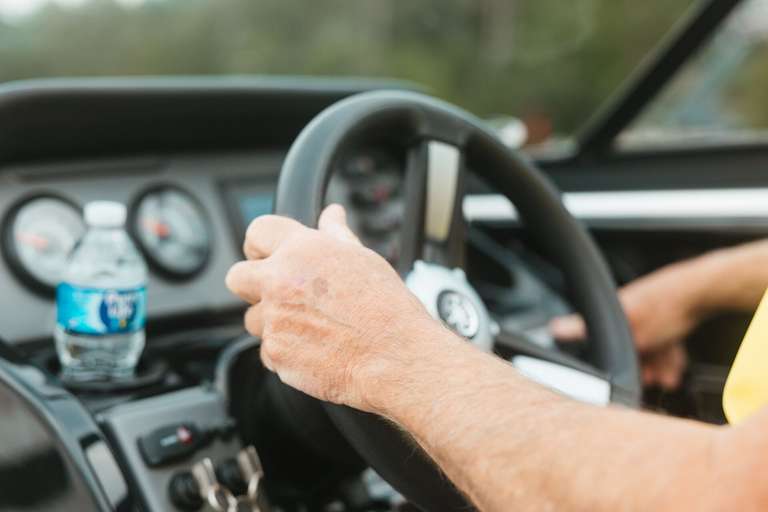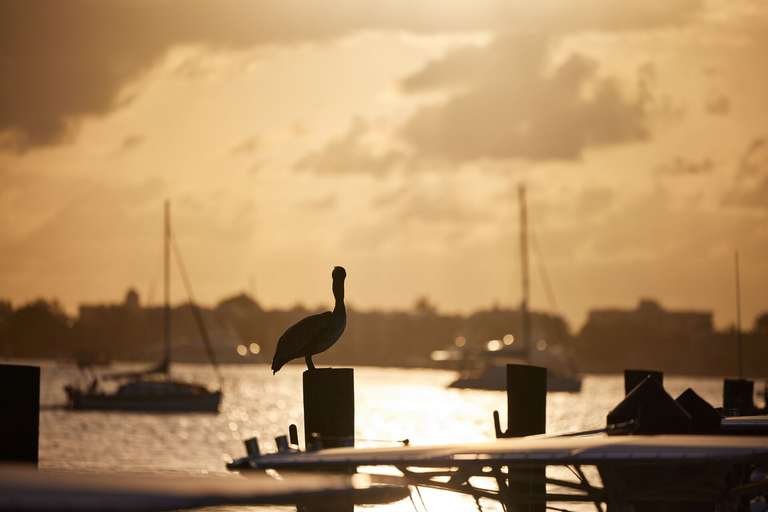Boat Fire Extinguisher Requirements [A Guide]
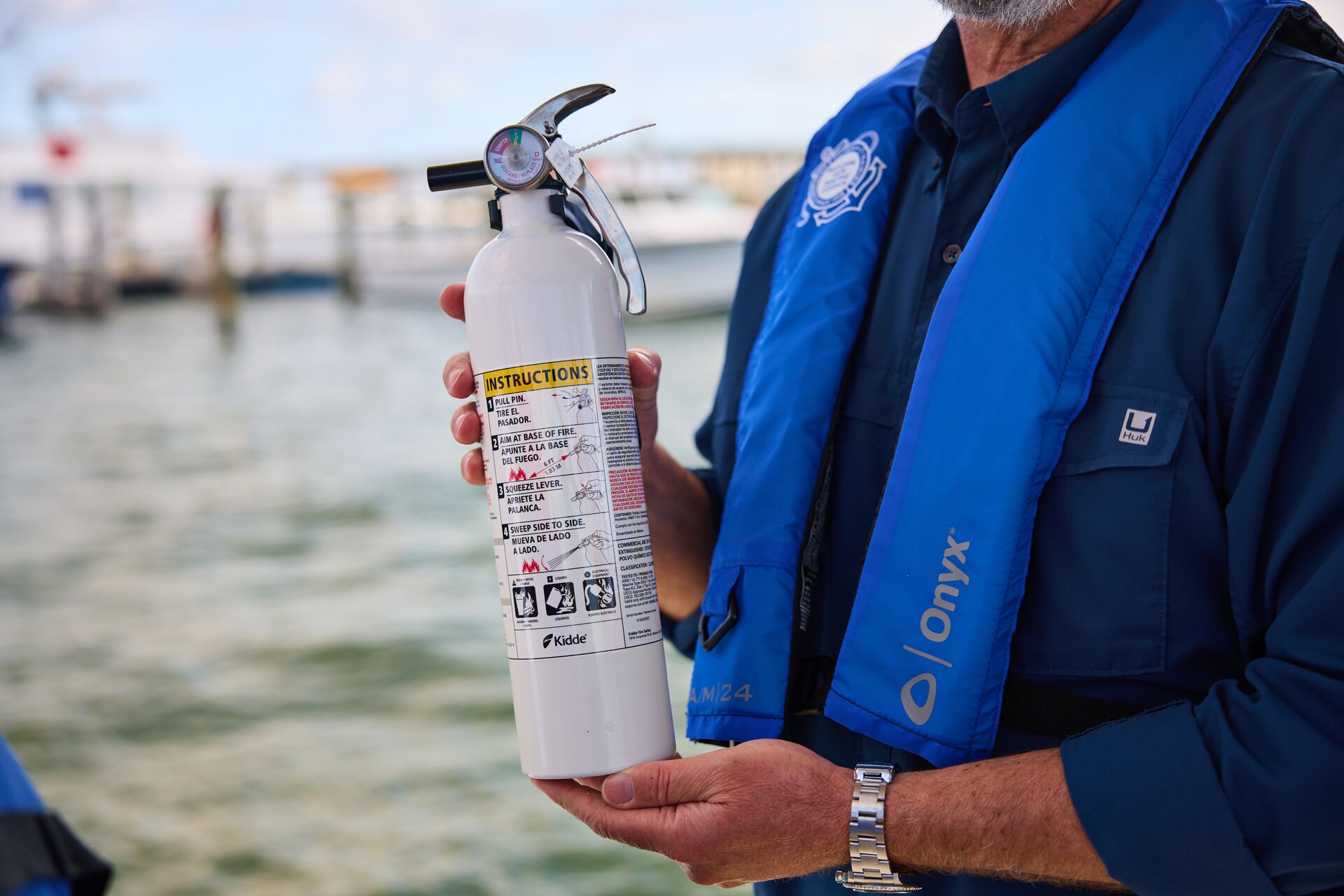
Do you know what type of fire extinguisher (and how many) you need for your boat?
Before hitting the water, it's crucial to make sure your boat has all of the boat safety equipment necessary for a safe adventure. In addition to being prepared for an emergency, stocking your vessel with the right fire extinguisher helps you comply with the law.
Don't worry if you don't know the boat fire extinguisher requirements for your boat! Keep reading as we outline those details for you in this guide.
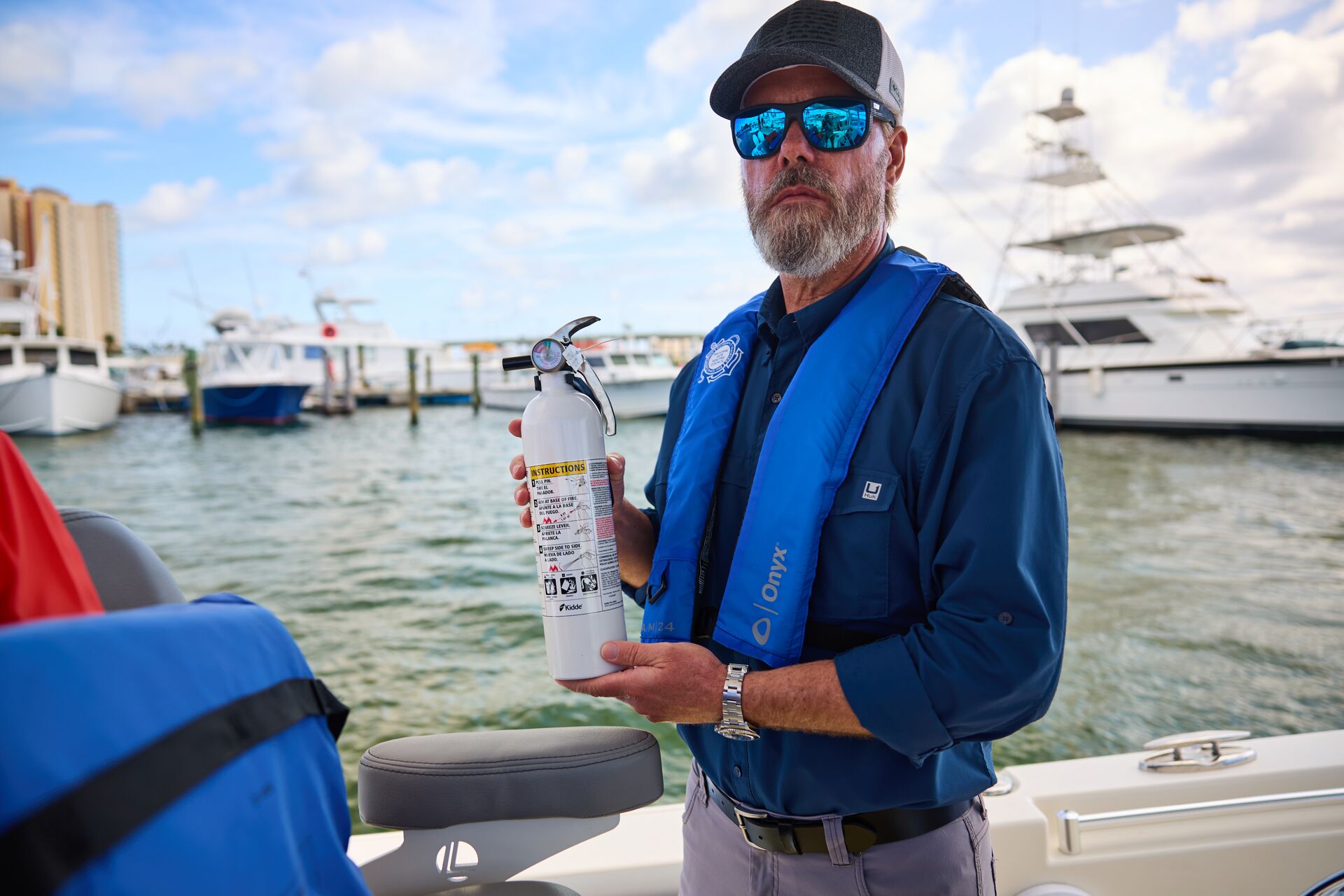
What Does the Law Say?
Putting safety first is motivation enough to carry the right extinguisher on board, but following the law is also important! The law is there to help you stay safe when on the water in your boat.
The law requires that a vessel must carry at least one Type B USCG-approved fire extinguisher on board if it has an engine and one of the following items:
- A closed compartment where portable fuel tanks may be stored
- A double bottom that is not sealed and is not filled with flotation materials
- Closed living spaces
- Permanently installed fuel tanks
- An inboard engine
Although the vessels specified above are the only ones required by law to carry a fire extinguisher on board, we recommend that all vessels carry a fire extinguisher that is easily accessible.
The best location to store your fire extinguisher is within arm's reach of the captain and passengers.
What Type (and How Many) Fire Extinguishers Do You Need?
To meet boat fire extinguisher requirements for your vessel, you also need the right type of device.
Use the chart below to determine the type and quantity needed for your vessel.
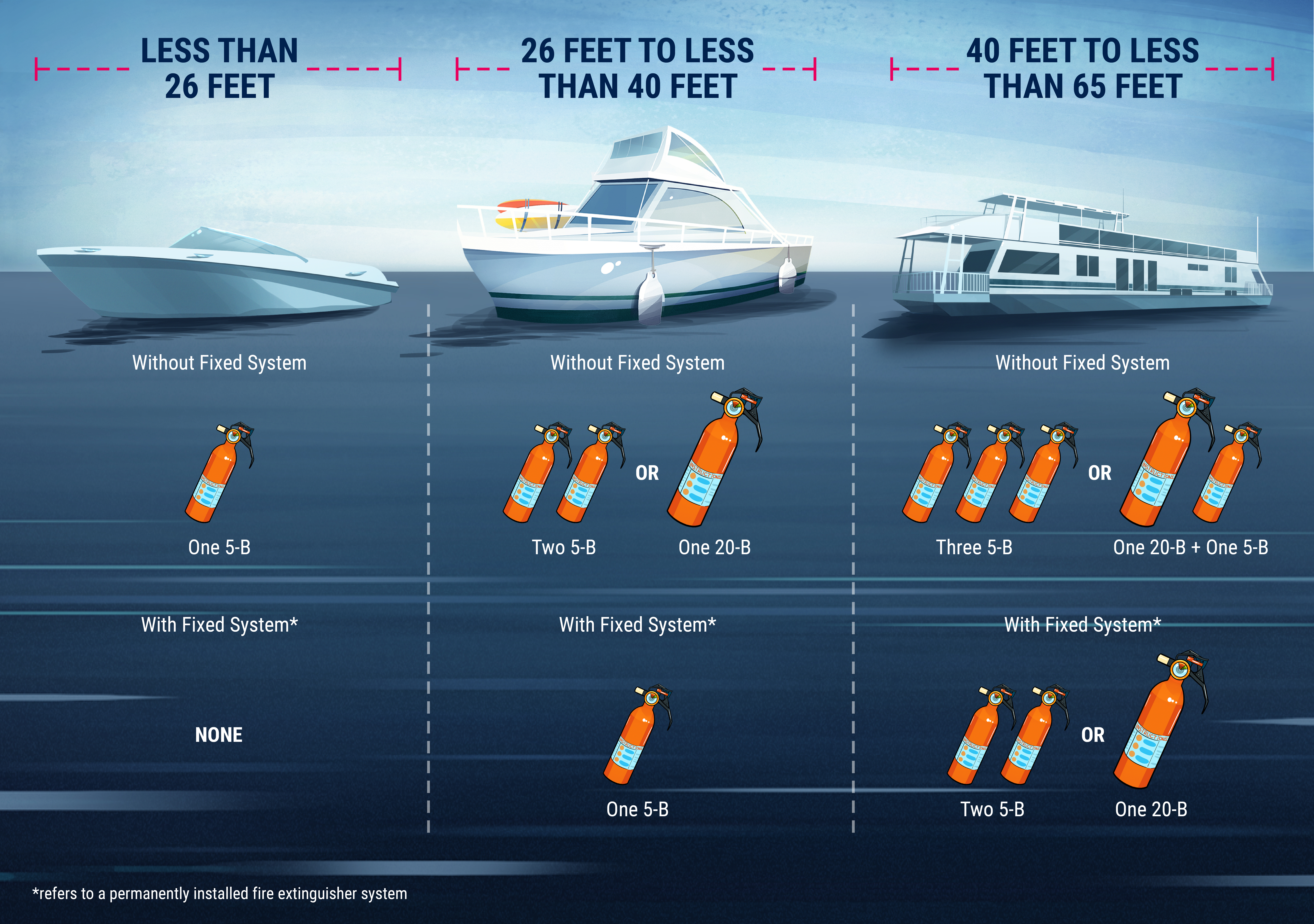
For carriage requirements, one 5-B is equivalent to one B-I, and one 20-B is equivalent to one B-II.
Fire Extinguisher Classifications
Fires are classified based on their source of fuel: solid, liquid, or electrical. Because each fire burns differently, they require different types of extinguishers.
Manufacturers mark extinguishers as A, B, or C to indicate the class of fire they are meant to extinguish.
The types of fires are:
- Type A: These consist of combustible solid-fuel sources such as wood and paper. Water and Type A fire extinguishers are used to put out this type of fire.
- Type B: These fires consist of flammable liquid-fuel sources like gasoline. Water will only spread this type of fire. So, only Type B fire extinguishers should be used for this type of fire.
- Class C: Electrical fires. Water should never be used on this type of fire; only a Type C extinguisher should be used.
Gasoline or Type B fires are the most common types of boat fires, which is why marine-rated Type B fire extinguishers are required for most boats. The number following the extinguisher class indicates the capacity of the extinguisher.
Type ABC fire extinguishers can handle all fire types, so they are the most recommended class of extinguishers.
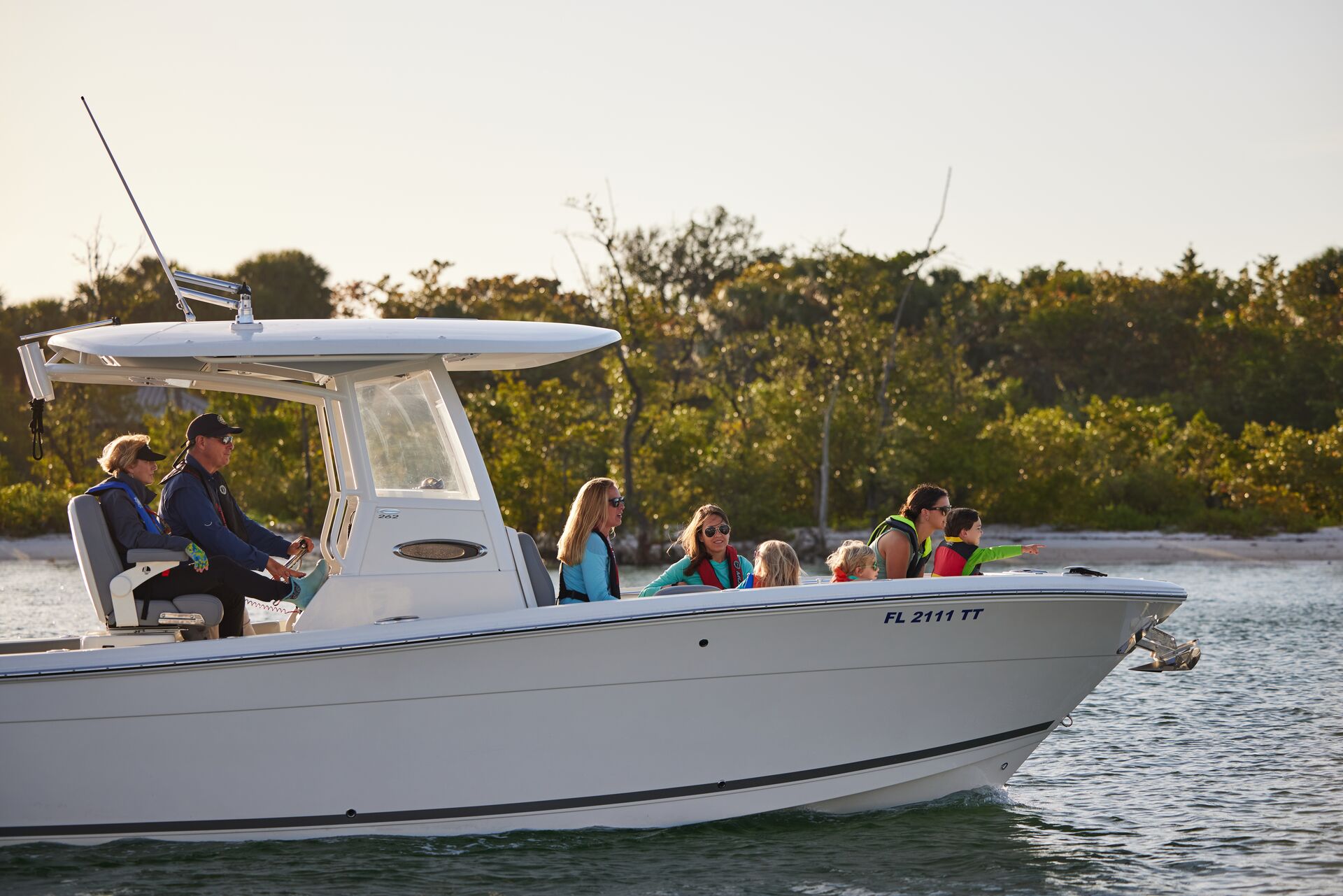
Boat Fire Extinguisher Maintenance
While having a fire extinguisher on board is an excellent step toward safety, buying one and forgetting about it season after season could leave you on the water with a device that doesn't work when you really need it.
Fire extinguishers stored on your vessel should be inspected monthly. Follow the steps below when inspecting your boat's extinguisher each month:
- Check to ensure the gauge is fully charged.
- Check the seals to ensure they are not broken.
- Inspect the hose to ensure it is not cracked or broken; replace it if it is not in good condition.
- Weigh your dry chemical extinguishers to ensure they meet the minimum specified weight.
Use the chart below to verify the minimum weights for each type of extinguisher.
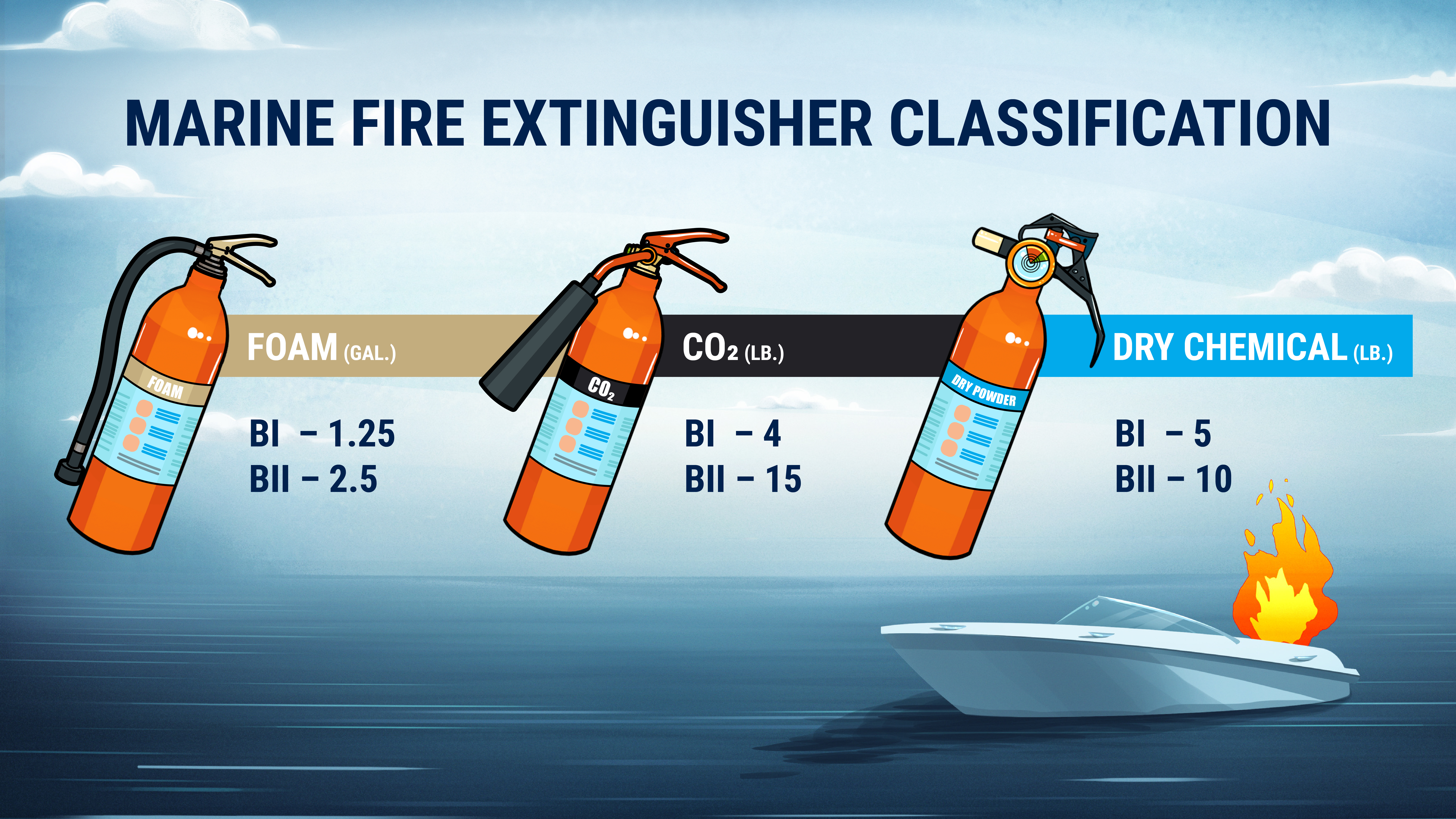
Follow Boat Fire Extinguisher Requirements Before Hitting the Water
It might seem like a small thing (and most extinguishers are small), but it's one of the most critical safety items you should carry on your boat. So, before hitting the water, check your device and make sure it complies with all boat fire extinguisher requirements.
Be sure you also have the overall boating safety knowledge you need to stay safe on the water! Taking a boater education course is not only something every boater should do to keep themselves (and others) safe when boating, most states require boat operators to pass a course and carry a boater education card.
ilearntoboat offers online, gamified courses to make this process fun and fast! Once you take the course and pass the final exam, you'll have the knowledge you need to boat safely. Plus, you can get your boater card to show you're legally able to operate a vessel.
Choose the course for your state and start learning!
Originally published in February 2021. Content most recently reviewed and updated for accuracy and relevancy September 6, 2024.

